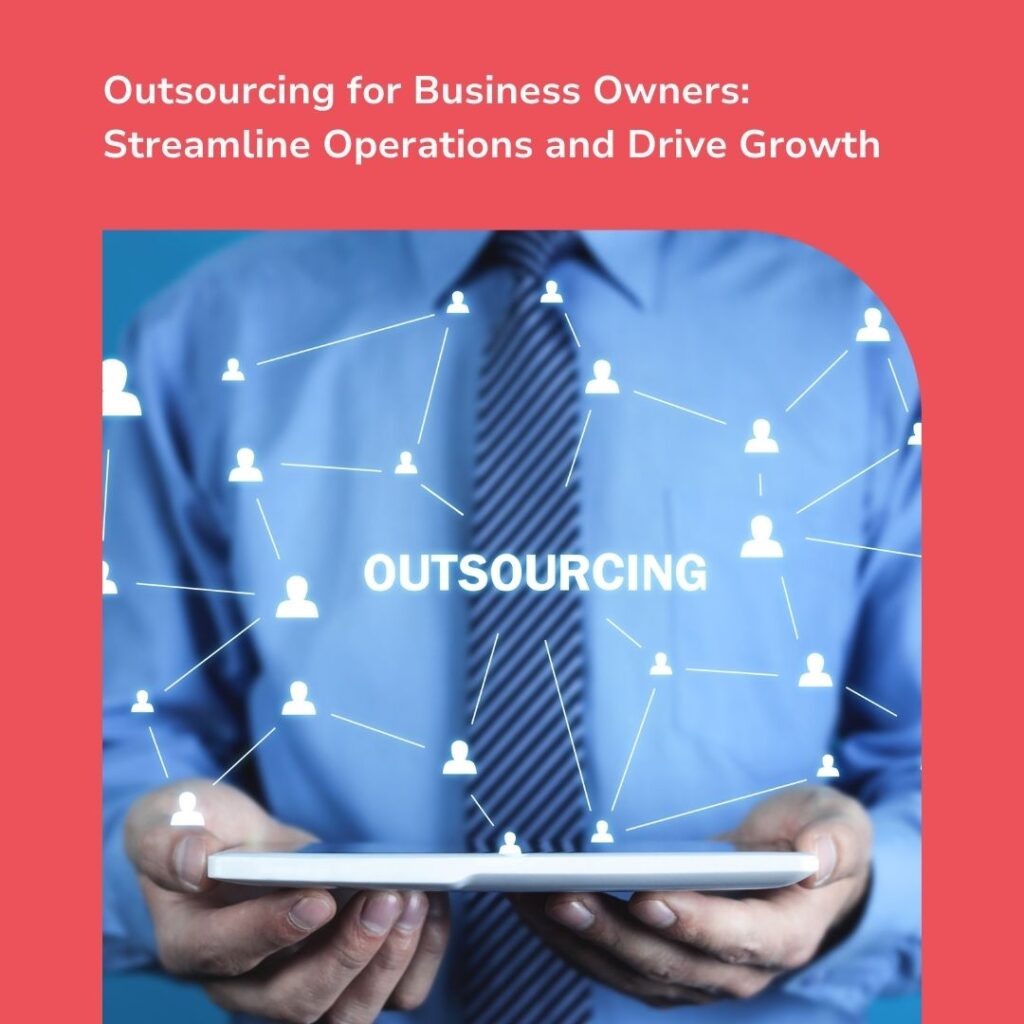If you’re not using interactive content, you’re missing out on a lot of potential leads and revenue.
Interactive content is engaging and fun, which means that users are more likely to stick around and interact with it.
In this blog post, we will discuss the benefits of interactive content and how you can start using it on your website today!
What is Interactive Content?
Interactive content is any type of digital material that requires user engagement in order to be experienced. This could include polls, quizzes, interactive videos, and more.
Interactive content encourages users to actively participate in the experience instead of passively consuming it. Interactive content is an effective tool for driving engagement, increasing time on site, and ultimately converting potential customers.
Interactive content is the way to have an indirect conversation with users. Interactive content can be used to solicit feedback, measure customer satisfaction levels, and gather data to inform future marketing strategies.
Types of Interactive Content
There are many different types of interactive content that can be used to engage users. Some of the more popular types include:
• Interactive Videos – Interactive videos combine audio, visuals, and text with user interaction to create an immersive experience. Interactive videos can be used to explain complex topics or entertain viewers.
• Polls and Surveys – Polls and surveys are the most commonly used interactive content. When you want to quickly gather feedback from your users, polls and surveys are a great option. These can be used to measure customer satisfaction levels, understand user preferences, or test hypotheses.
• Interactive Quizzes – Interactive quizzes are an effective way to engage users and boost lead generation. They can be used as fun ways to educate users or to match them with the right products and services.
• Interactive Infographics – Interactive infographics are a great way to present data in an engaging, visual format. Interactive infographics also allow users to access deeper layers of data when they need more information.
• Interactive Calculators – Interactive calculators can be used to help users understand how their decisions may affect their finances or lifestyle. Interactive calculators are often used by businesses to generate leads and provide a better user experience.
• Interactive Assessments – Interactive assessments can help users discover which products or services are the best fit for their needs. Interactive assessments also provide invaluable data to businesses so they can improve their offerings and better target their audiences.
Benefits of Interactive Content
Interactive content has a number of advantages over traditional static content.
Here are the reasons:
Encourages Engagement
Interactive content encourages users to take action, which is essential if you want to turn potential customers into paying customers.
Interactive content engages users more than static media like text or videos; so it’s much more likely to be shared with friends and family. This can help your content go viral and bring in new leads or customers who may not have otherwise heard of your business.
Interactive content encourages engagement and interaction, making it easier for you to get your point across in a fun and memorable way. Interactive content can also help build relationships with your users and increase brand loyalty.
Increases Time on Site
Interactive content keeps users engaged for longer periods of time, which increases the chance that they will take further action on your site.
Interactive content also helps you to build a more meaningful connection with your users, which can lead to increased conversions and revenue.
For example, if there is a survey that is easy to complete, the user will spend more time on your site.
Helps Lead Generation
Interactive content can be used to generate leads through targeted surveys, quizzes, and polls.
By asking users questions about their interests, needs, and preferences you can segment them into different audiences and target them with tailored content. Interactive content can also be used to measure customer satisfaction and encourage users to take further action on your site.
Generates More Data
Interactive content allows you to gather valuable data about user preferences and interests that can inform future marketing decisions. These data include user interactions, likes and dislikes, keyword searches, etc.
You can use this data to improve your marketing strategies and make more informed decisions.
Increases Brand Awareness
Interactive content can be used to increase brand awareness and reach new audiences. Interactive content is also more likely to be shared on social media, which helps you expand your reach even further.
If you posted a poll on LinkedIn, your network would respond and react to the poll. This will be notified to their network, who might participate if the poll is interesting. Thus, interactive content can help you create a buzz and spread awareness about your business.
Interactive content can also help build relationships with existing customers, as well as potential customers who may not have heard of your company before.
Steps to Create Interactive Content
Now that you know the benefits of interactive content, it’s time to start using it for your own business.
Start with Clear Objectives
Interactive content should always have an end goal in mind, such as generating leads or collecting feedback from users. Make sure your objectives are clearly outlined before beginning the creation process.
Interactive content should be created with a specific audience in mind. Consider the needs and interests of your target audience to ensure that you create content that is relevant and engaging. You can also use analytics to identify what type of content resonates with your audience.
Plan the Interactive Content
Once you know who your audience is, decide which type of interactive content will appeal to them the most. Interactive content can include surveys, quizzes, polls, assessments, and more.
Before you start creating your interactive content, plan out each step of the process to ensure that you don’t miss any important details. This includes planning the questions or tasks users will complete as well as setting up any offering or reward for participating.
Create Interactive Content
Use software or online tools to create interactive content that is easy to use and engaging for users. Make sure your content looks professional and is optimised for both desktop and mobile devices. Do not forget to use visuals, animations, and sound to make your content more engaging.
Also, interactive content should be created in a way that positions your brand effectively. Use branded images, logos, and colours to ensure that users associate the content with your company. This will help users to remember your content and build trust with customers.
Make the User Experience Easy
Interactive content is meant to be an engaging and enjoyable experience for users, so make sure that it’s easy to use. Interactive content that is too complicated or takes too long to complete can lead to user frustration and abandonment.
Keep the number of steps involved in the process to a minimum and provide context at each step. Provide clear instructions and feedback as well, so that users always know what they need to do next.
Promote Interactive Content
Interactive content is much more likely to get noticed when it is shared on social media. Share it on social media, email lists, and other channels where your target audience is likely to see it.
Leverage the reach of popular platforms like Facebook, Instagram, and LinkedIn to increase user engagement with your content. Ask influencers to share the content as well for maximum impact.
Measure Your Results
Interactive content should always be tracked in order to measure its effectiveness and make improvements if necessary.
Track metrics such as click-through rates, engagement levels, and conversion rates to gauge the success of your content. You can use this data to optimise the content and maximise its effectiveness.
Analyse the data you collect and use it to inform future decisions. For example, if you create a survey that asks users about their preferences, you can use this data to tailor future content around those topics.
Conclusion
Interactive content can be a powerful tool for engaging users and generating leads. By using interactive content, you can create a more meaningful connection with your users and increase conversions.
Interactive content also allows you to collect valuable data about user preferences which can be used to inform future decisions.
If you’re not using interactive content, now is the time to start. Follow these tips for creating effective interactive content that will help your business grow.









